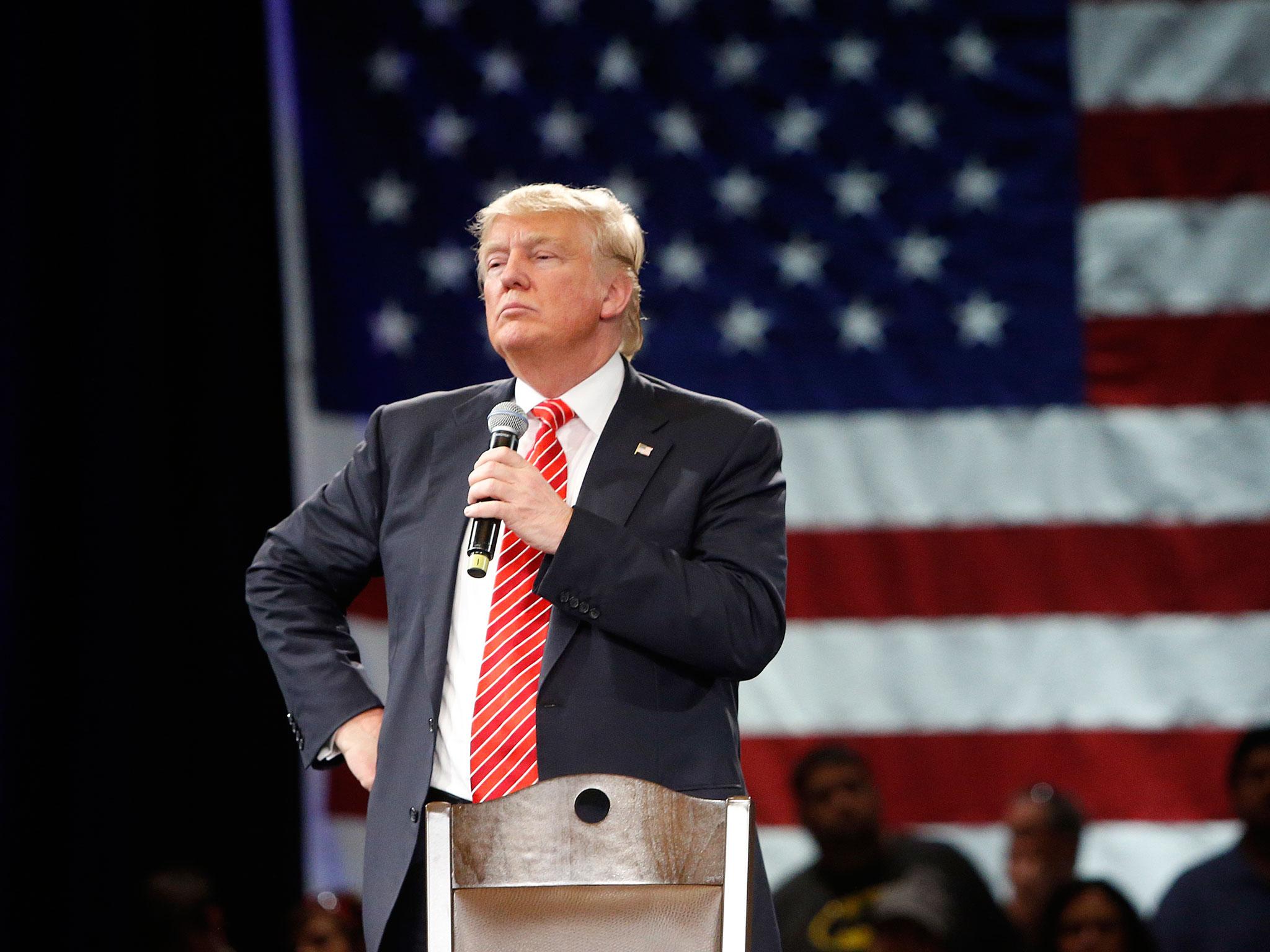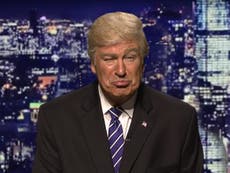What will the US economy really look like under President Donald Trump?
Will he deliver on his promises, or will we end up with a ‘Trump-lite’ policy of tax cuts and protectionist deals? We’re about to find out


So what’s the Trump plan? It is called “America First”, and has three main elements: a big fiscal boost from lower taxes; renegotiated trade deals; and legal changes, among other things, to immigration and banking regulation.
The first will see the top rate of Federal income tax cut from 39.5 per cent to 33 per cent, with three bands instead of seven, and corporation tax cut from 35 per cent to 15 per cent. Estimates vary as to the cost to the US Treasury, with Trump’s advisers having argued that faster growth would cut the bill. Spending on core Federal programmes, such as Medicare, would be maintained, and no-one has denied that there would be an increase in the national debt. The issues are whether this would be sustainable, and whether such a plan would increase interest rates and by how much.
The trade deals are essentially protectionism. For example, Trump has proposed a 45 per cent tariff on Chinese imports and a 35 per cent one on Mexican ones. The issue here is whether this is just a negotiating ploy or whether it is serious, as there would presumably be retaliation.
It is hard to measure the possible consequences of a trade war, but the consensus is that such policies would be deeply damaging to US growth. It is hard to find any examples of positive outcomes from such policies in the past, except in the very short term.
The third broad area of change is in regulation. There would additional controls on immigration – the wall between Mexico and the US – but fewer controls on the banks and on environmental issues. Trump has said he would repeal the Dodd-Frank Act, and close the US Consumer Financial Protection Bureau. He has also said he would end the Obama administration’s Clean Power Plan.
Put together, he claims these changes will increase US growth to between 3.5 per cent and 4 per cent a year, and create 25 million jobs. Is this credible?
Most economists would say it is not, partly because the target is overly ambitious – it would require the US to grow faster than the world economy as a whole – and partly because most believe that such a plan would actually reduce growth and lead to recession. What has been pretty clear is that the financial markets don’t like it.
Whenever Donald Trump advanced in the polls en route to his extraordinary victory shares tend to decline, and vice versa. This is contrary to past experience; during previous campaigns, markets have tended to favour Republican candidates, even though the post-election economic outcomes of Democrat and Republican administrations in the past have been broadly similar.
A Trump victory is going to be a huge shock to the US business and financial community. The Trump promises are so extreme, and so unattainable, that the issue will be to what extent Congress constrains him.
If the outcome is to be “Trump lite”, a much watered-down version of his plans, with some tax cuts and some mildly-protectionist deals, the economic consequences might well be manageable. But a full-on version of the plan will frighten US business and finance – as well as the rest of the world.



Join our commenting forum
Join thought-provoking conversations, follow other Independent readers and see their replies